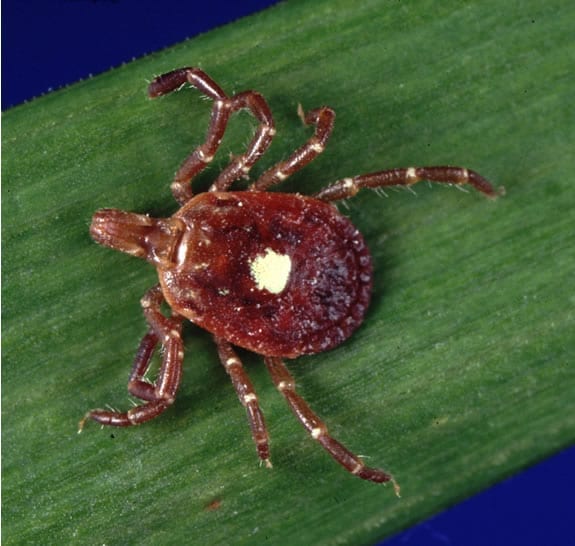The Oklahoma State Department of Health has confirmed the state’s first case and death of Heartland virus. A Delaware County resident died recently from complications of the virus, which is transmitted by the Lone Star tick (Amblyomma americanum) through tick bites.
Heartland virus was first identified in Missouri in 2009. The Oklahoma case is only the tenth person confirmed with the virus and the second person to die from it. Other cases have occurred in Missouri and Tennessee. All of the patients diagnosed with Heartland virus reported spending several hours per day in outside activities or occupations.
Symptoms can include fever, fatigue, headaches, muscle aches, loss of appetite, nausea, bruising easily and diarrhea. There is no routine testing available for Heartland virus. However, protocols are in place for investigational diagnostic testing. Healthcare providers can contact the Oklahoma State Department of Health’s Acute Disease Service at (405) 271-4060 for consultation regarding protocol enrollment for patients who have acute illnesses compatible with Heartland virus infection.
There is no vaccine or drug to prevent or treat the disease. Preventing bites from ticks and mosquitoes may prevent this and other infections. The Oklahoma State Department of Health recommends the following:
- Use insect repellents, following package instructions.
- Wear long sleeves and pants when outdoors so that ticks are easily seen and removed.
- Avoid bushy and wooded areas where ticks can be transferred onto you.
- Perform thorough tick checks soon and daily after spending time outdoors.


